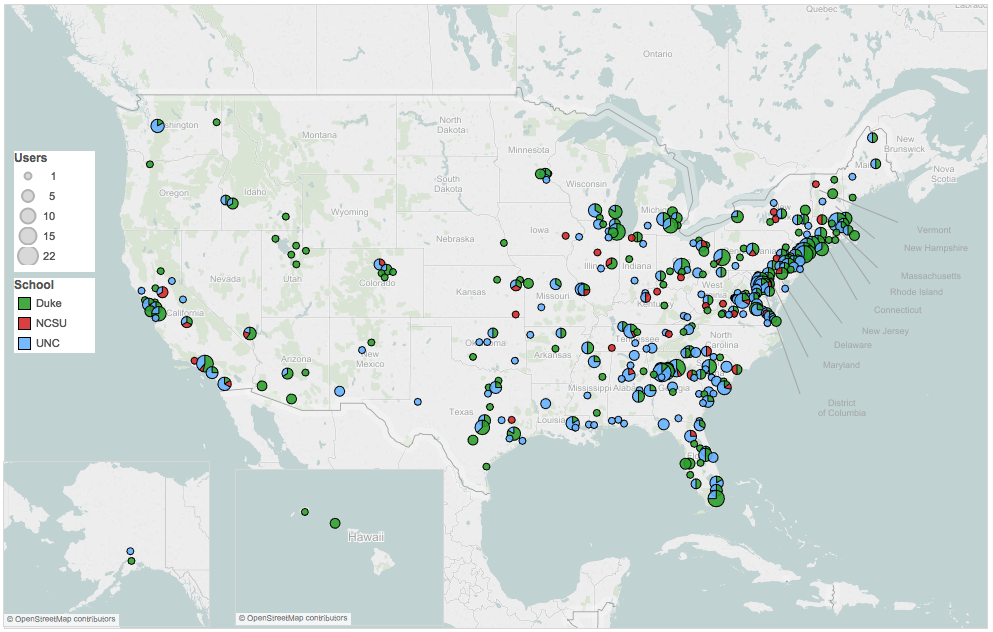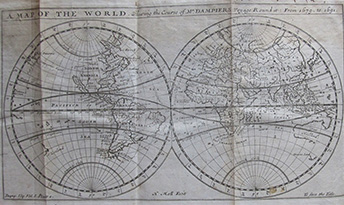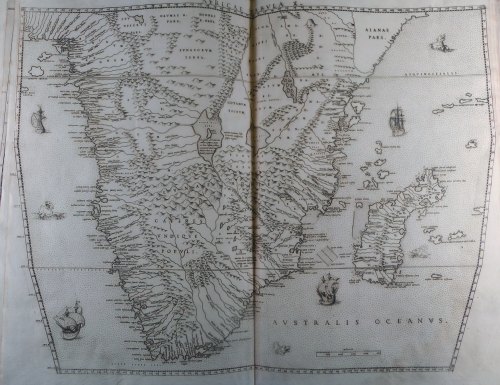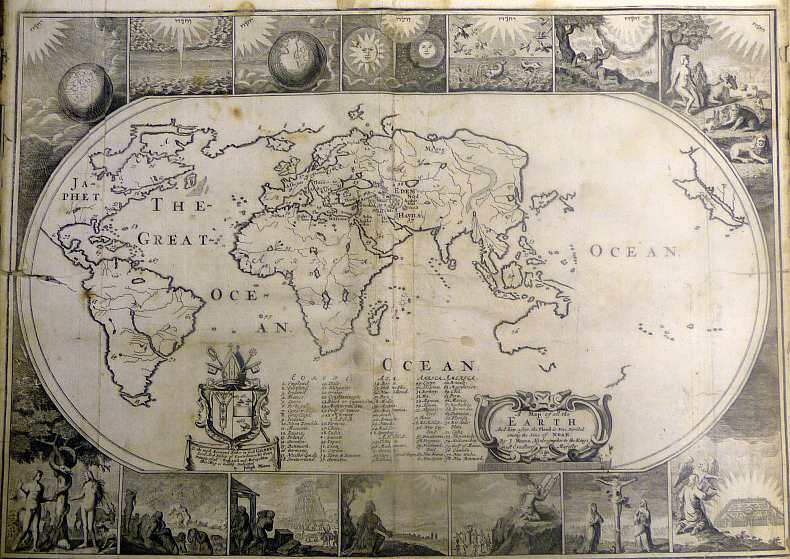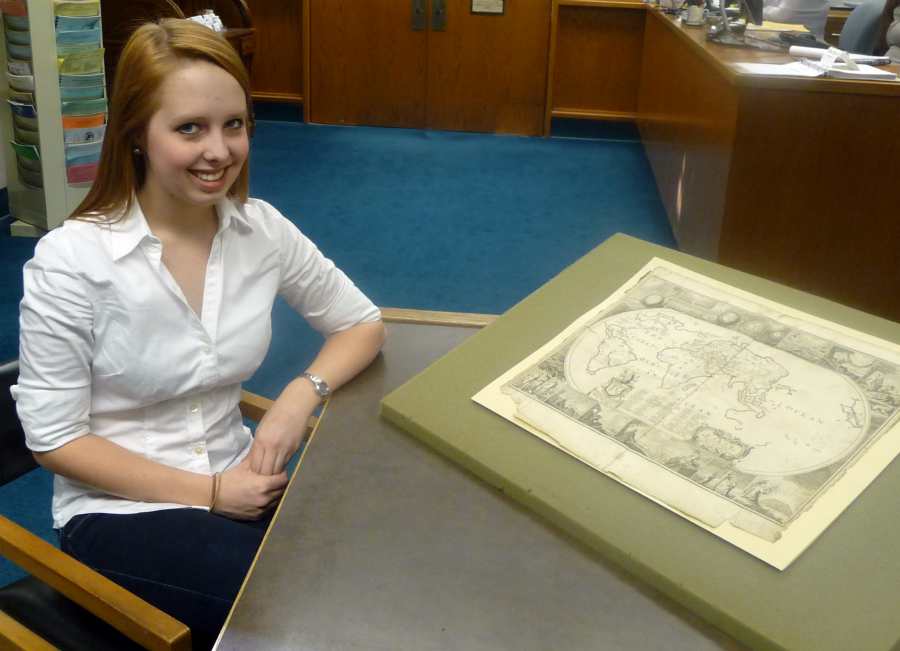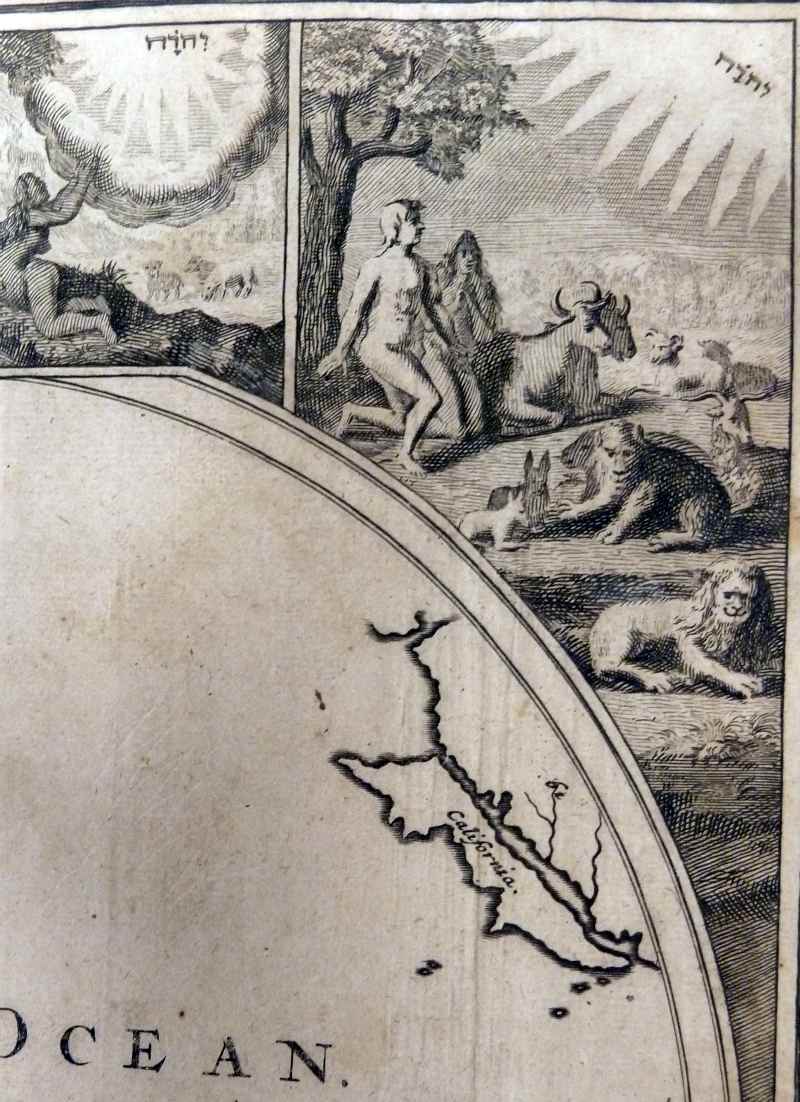The unique collections held in special collections libraries attract researchers from all over the map, no matter if the map is local, national, or global. Those of us who work in special collections have always known this, and we frequently jabber about it to anyone who will listen. But we can’t often show it.
Recently, library staff at Duke’s Rubenstein Library, UNC Chapel Hill’s Wilson Library, and NCSU’s Special Collections Research Center combined the data we’ve collected in order to create some maps showing the home cities, states, and countries of our users from calendar year 2013. Special collections staff gathered this data, but it was Duke’s terrific data visualization coordinator Angela Zoss who used Tableau to create these excellent maps for us. Thanks Angela!
The data we gathered shows onsite users of the Duke and UNC Chapel Hill special collections libraries. That is, the blue and green shown on the maps represent researchers who visited our reading rooms to use our collections in-house. The red shown on the maps shows something slightly different – both onsite users and users who made use of NCSU collections remotely (through email reference, etc.).
Among other interesting points, the North Carolina map shows that – outside of the Triangle – the majority of North Carolina researchers are using UNC Chapel Hill’s Wilson Library. This makes sense, since they have the North Carolina Collection! [Note: the pie charts sit over zipcodes.]
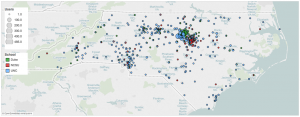
The US map makes clear what we all probably suspected – that most of our researchers come from east of the Mississippi and are clustered in the Northeast. Only Duke shows researchers from Utah, and this doesn’t surprise us. Duke holds two copies of the first edition of the Book of Mormon, and many visitors come to Duke each year to see them (the two copies were used a total of 33 times this past year).
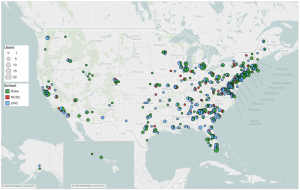
The global map shows that each of us – NCSU, UNC Chapel Hill, and Duke – had researchers from Canada, the UK, and Japan. UNC Chapel Hill welcomed visitors from China and Japan. Many international researchers came to Duke to use collections such as our economists’ papers. But only NCSU had a user from Bosnia-Herzegovinia!
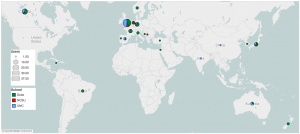
While we’ve only just begun to share our data with each other, this mapping project demonstrates that, taken together, the special collections libraries at NCSU, UNC Chapel Hill, and Duke have truly global reach and impact. Our collections are diverse and exciting, and the world knows it!
Post contributed by David Pavelich, Head of Research Services


